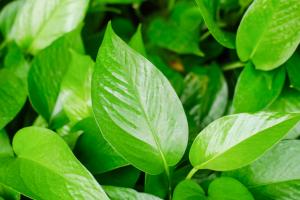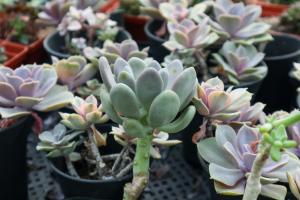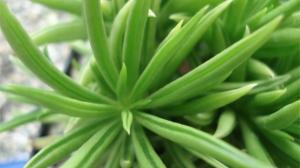Kapok grafting time
The most suitable time is from February to March and from June to July, because the temperature starts to rise from February to March, kapok sprouts, and the survival rate of grafting is relatively high, while the temperature is relatively high in April and may, which is easy to cause the grafted branches to dry up and difficult to survive
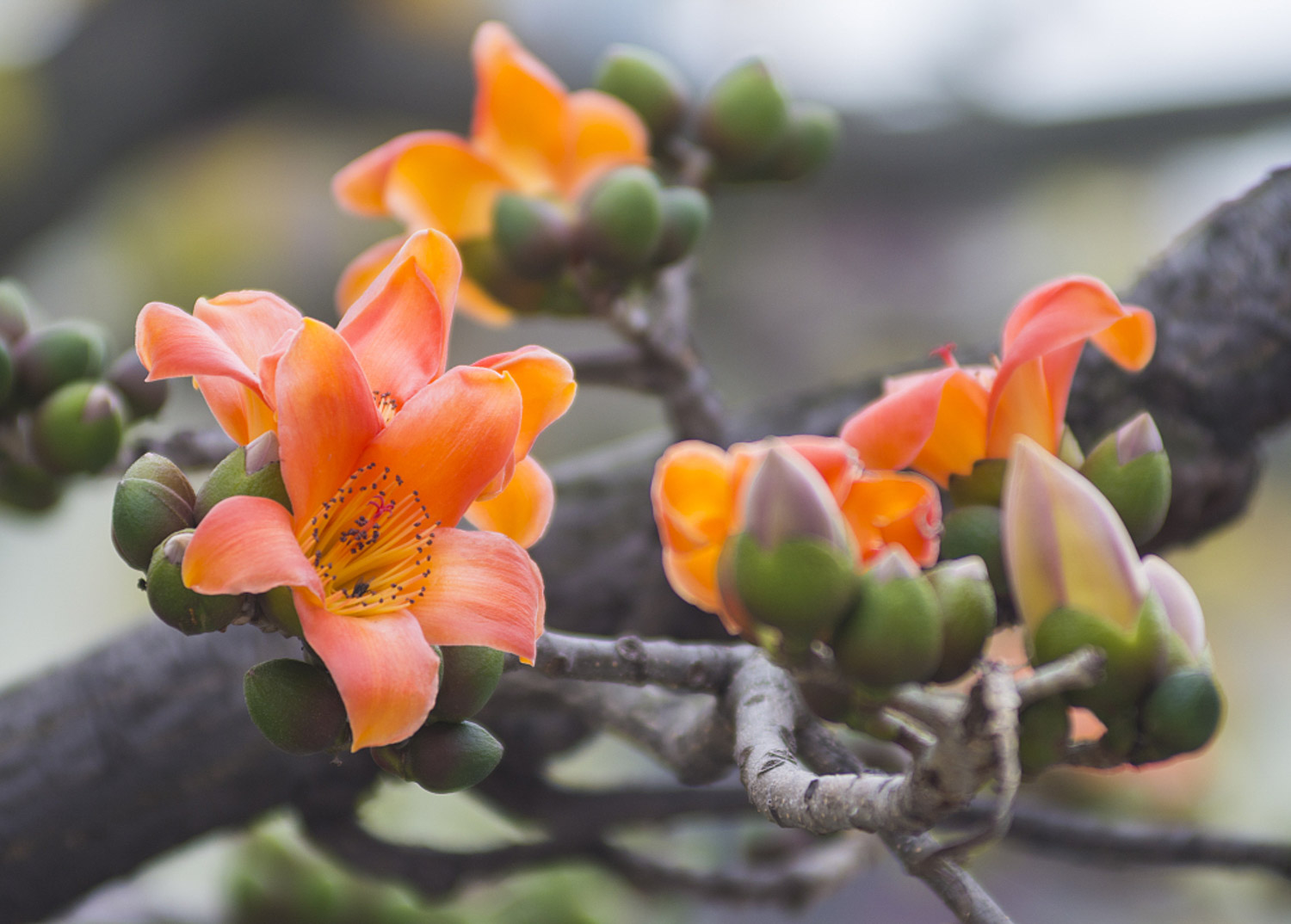
Kapok scion selection
Select the flowering kapok mother tree, and take the two-year-old flowering branches at the end of the year with full and full buds, strong growth, disease-free and harmless as scions. Then immediately cut off the leaves to keep moisture and prevent it from losing. Wrap the branches with a wet towel and put them in a cool place. If you want to store it for a few days, you can seal both ends with paraffin and cover it with a 4-6cm sand layer. Pay attention to ventilation and moisture retention
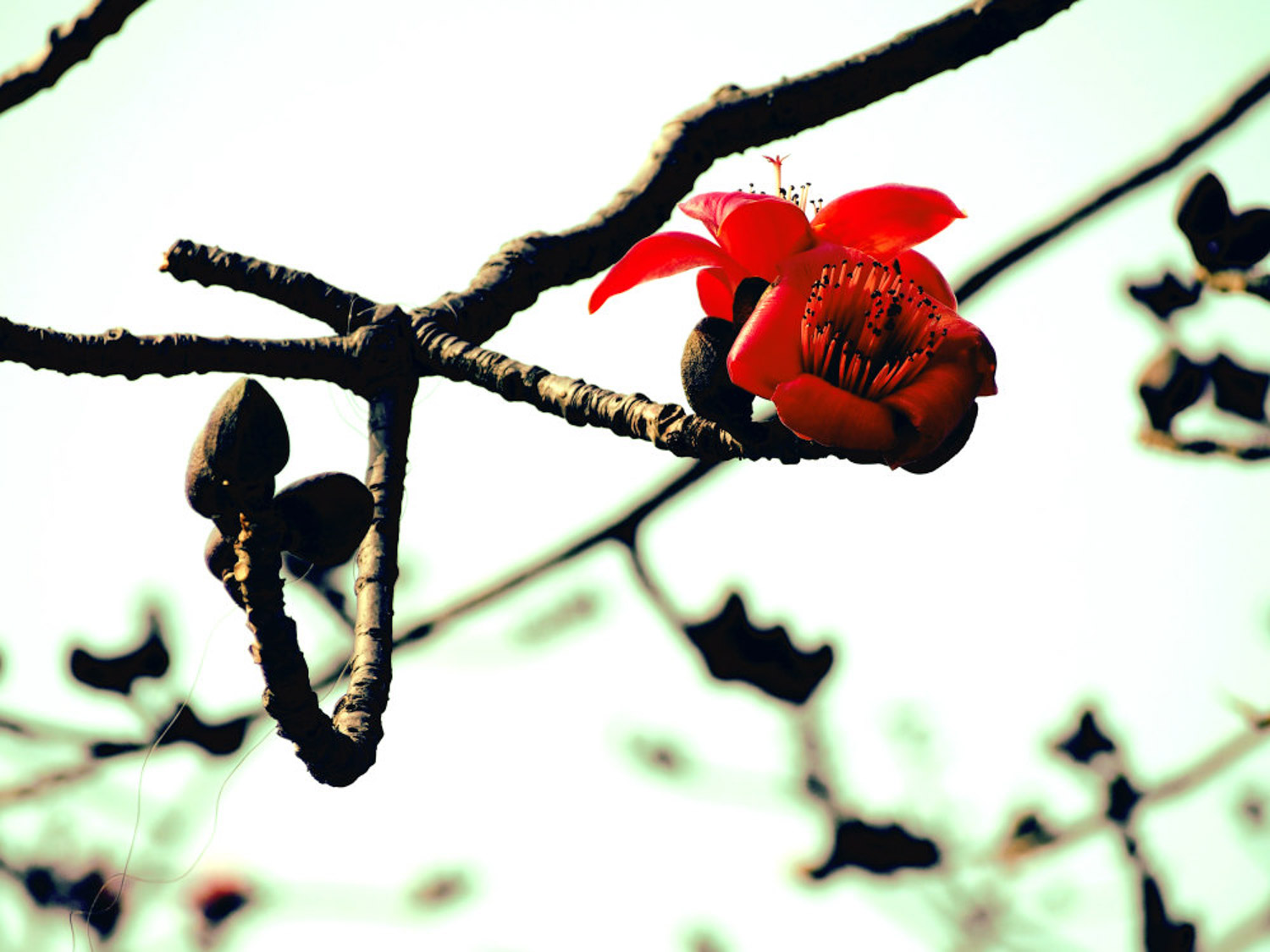
Kapok grafting method
It is better to use single bud cutting, so as not to inhibit the germination of other bud eyes. When grafting, first select a full bud on the scion, then cut a plane with no xylem and a length of about 1.5cm at the lower 0.15cm of the reverse side, and cut the other side into a 45 ° slope and cut it at 1cm at the upper end of the bud. In this way, cut the scion with a length of 4cm. Cut the rootstock 15 cm away from the ground, cut the smooth surface longitudinally, about 1.5cm, and then insert the scion into the marriage interface. The cambium on both sides should be aligned and in close contact. The upper end of the scion should be exposed white, and then tie it with plastic film, and wrap only one layer at the bud hole
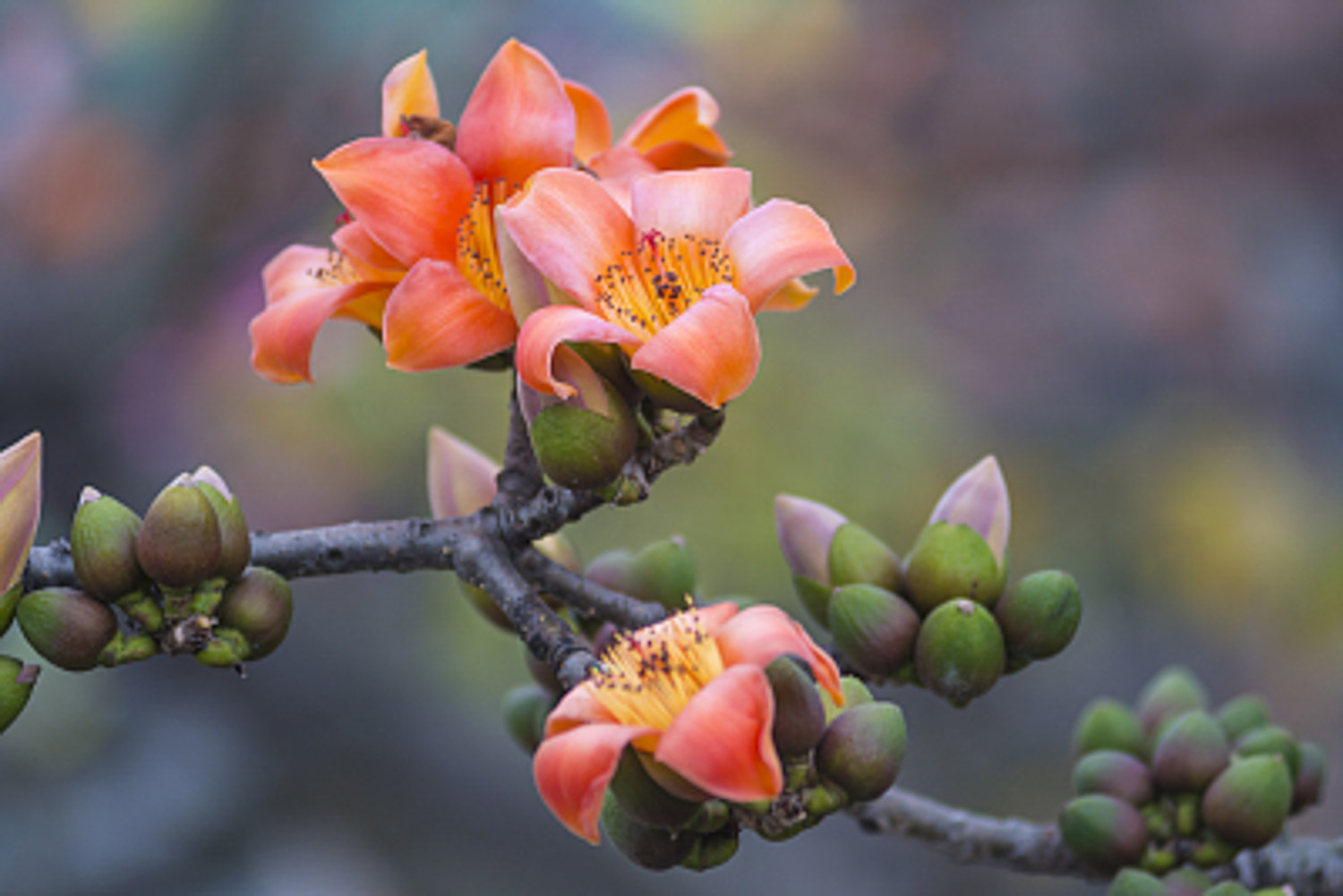
Kapok grafting management
After half a month of grafting, you can check the survival status. If the scion turns brown and soft, it indicates that the grafting has failed and needs to be repaired immediately. If the grafting survives, the scion bud eye will automatically break through the film. When the germinating bud completely changes from pink to green and flattens, the plastic film can be removed. In addition, the sprouts on the rootstock cannot be left, but should be removed. At ordinary times, we should water and fertilize reasonably and pay attention to the prevention and control of diseases and pests< span>

 how many times do yo...
how many times do yo... how many planted tre...
how many planted tre... how many pine trees ...
how many pine trees ... how many pecan trees...
how many pecan trees... how many plants comp...
how many plants comp... how many plants can ...
how many plants can ... how many plants and ...
how many plants and ... how many pepper plan...
how many pepper plan...